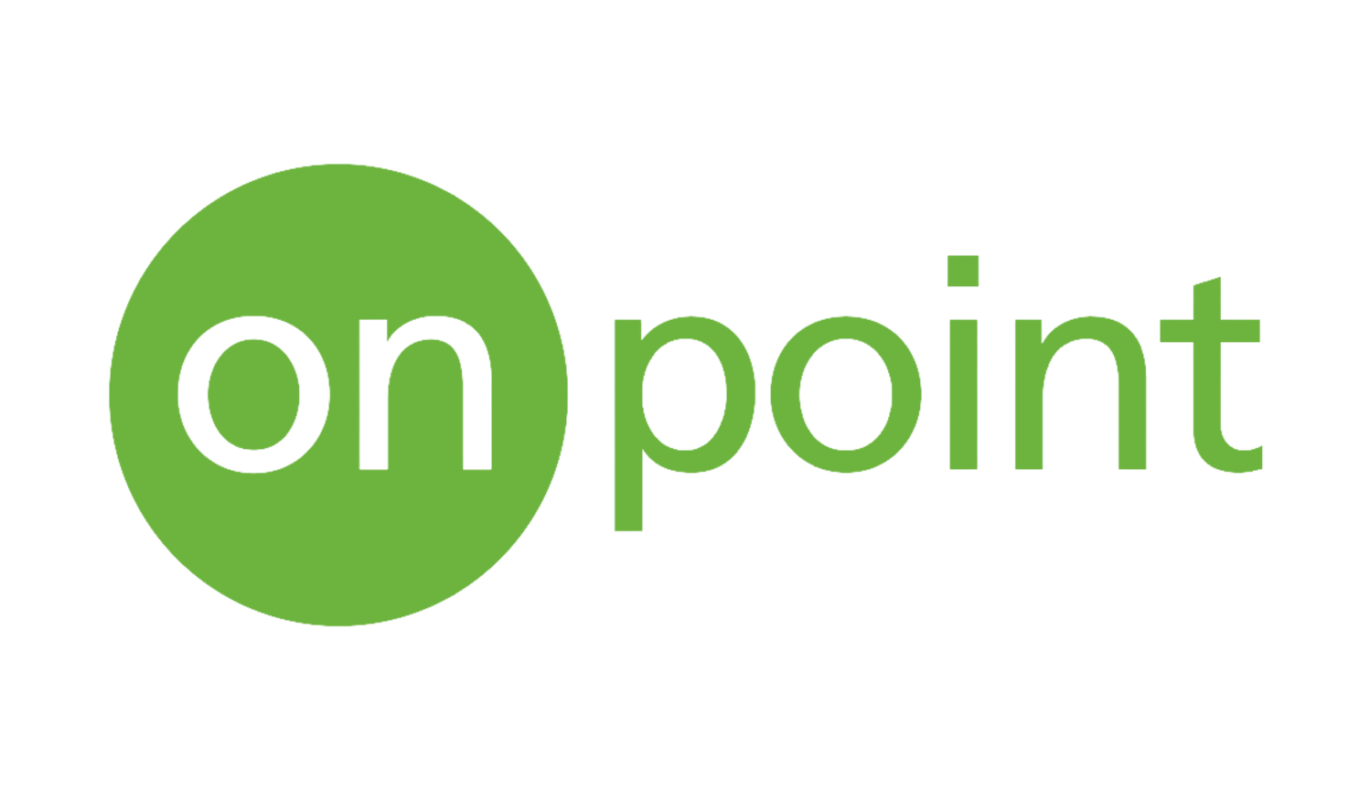2 minute read | Emerging Technology, Artificial Intelligence
OnPoint Perspectives: State of AI
The rapid development of Artificial Intelligence (AI) continues to accelerate, with AI tools becoming a more common part of our lives every day. It is widely understood that AI has the potential to radically transform our lives and, ultimately, the world we live in. Beyond that, however, the specifics on what that looks like or how we can achieve it in an equitable way remain an evolving discussion – especially in the public sector.
The most recent edition of OnPoint Perspectives features Samara Schulman, President of OnPoint Consulting Inc., and Pete Tseronis, Founder and CEO of Dots and Bridges, LLC, who offer listeners their insights and perspectives on the growing field of AI in the federal government.
Defining AI
Before we dive further into the topic, it is critical to provide a working definition for the conversation: AI can be understood as a broad term referring to any technology that performs tasks normally handled by humans. These tasks encompass a wide range of functions, from natural language processing and computer vision to complex decision-making processes and problem-solving, enabling AI systems to learn, adapt, and improve their performance over time.
Going a step further, generative AI is one type of AI that uses machine learning models to produce a vast array of unique outputs. With advancements in technology, generative AI has continued to skyrocket in prominence, with industry-leading solutions such as ChatGPT and Adobe Firefly being just a few AI-based software demonstrating its power.
The Regulatory Elephant in the Room
The speed of generative AI development and its implications has created an urgent need for government-issued regulatory guidance to provide guardrails around the new challenges, risks, and potential uses of the technology.
As part of these discussions is also the need for public-private partnerships to navigate the ever-increasing list of questions and challenges associated with the fast-moving emerging technology – and global perspectives around the race for AI innovation.
How the government can and if they should use generative AI products like ChatGPT is one of the most discussed questions on the topic. However, Samara sees this as it’s not a matter of whether government agencies should use ChatGPT and other generative AI tools, but how they should use them.
Samara goes on to address how we can use AI while continuing to actively explore the wide-ranging implications and risks that come with it. As an example, reducing or accounting for bias
in AI is a particularly critical concern for its use in the world of government and something that will require partnership across the public and private sectors to mitigate. Publications like the NIST AI Risk Management Framework 1.0 offer a glimpse into the role government can play in this space.
Trust as a Key to Unlock the Power of AI
At the end of the day, if AI solutions are not transparent, accountable, robust, and secure, then they’re not likely not to be focused on mission outcomes. To that end, Samara predicts that agencies are going to want to work with companies on AI implementation, utilizing partners that understand both the positive and possible negative impacts to solve for what is best for the mission.
On the side of the government, eyebrows should be raised if a proposed solution only highlights the positive impact of AI. Government leaders should not hesitate to ask the question, “What happens when something goes wrong?”. They need to know what potential challenges lie ahead, and to be able to trust the tools they are using, considering serious issues could happen if something does “go wrong”.
Closing Thoughts
With the amount of information available for government decision-makers and our partners, our experts are helping to increase awareness and education while cutting through the noise that is evitable with new technologies.
In the realm of AI, this is no different, and our team is committed to continuously moving the needle forward on the critical public engagement needed to fully evaluate, verify, and validate the safety, security, and efficacy of these emerging technologies.
If you would like to learn more about what sets us apart from our peers, please visit our website or connect with us on LinkedIn. Additionally, if you would like to schedule a meeting with our team to learn more about how OnPoint can work with you as a trusted partner, please contact our Strategic Partnership Coordinator, Jeff Mercurio, through LinkedIn or via email.
Listen to the discussion

Samara Schulman
President
